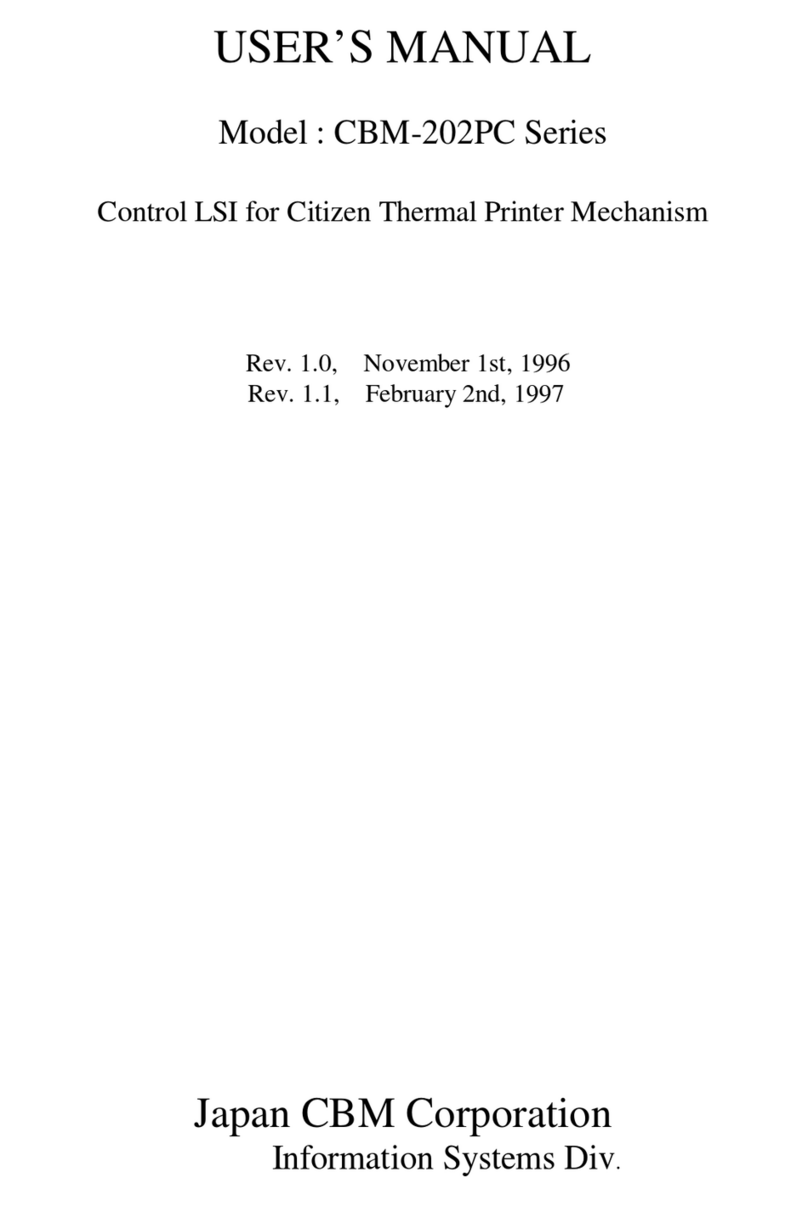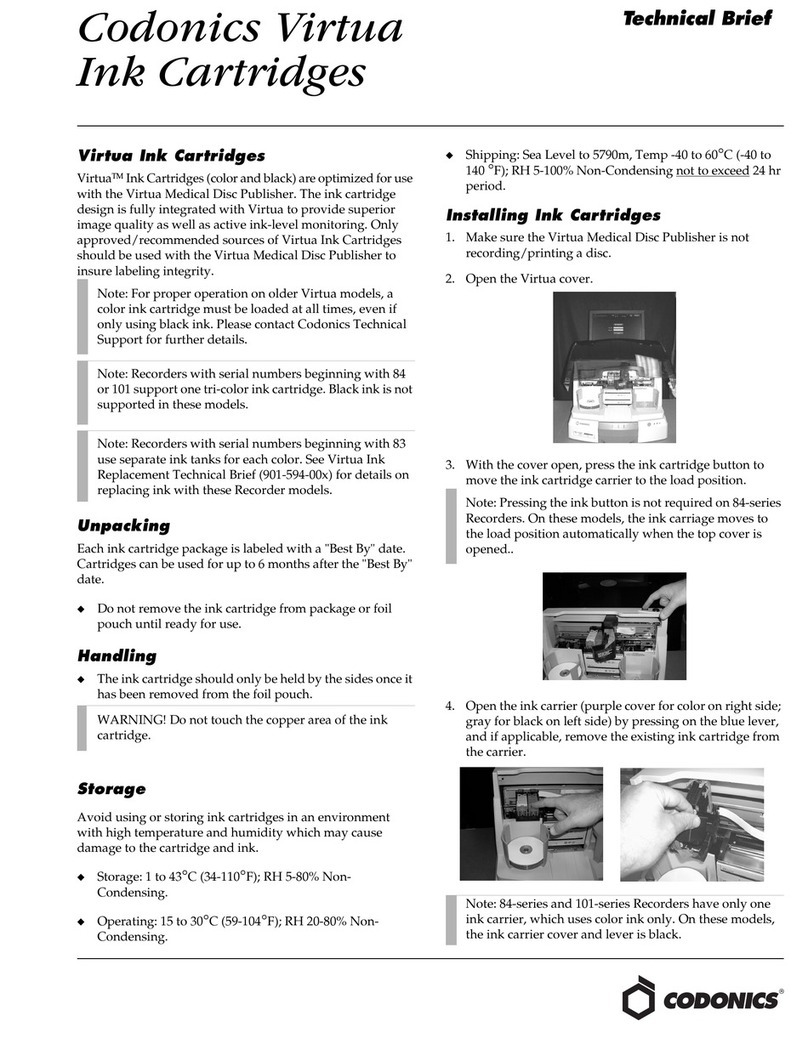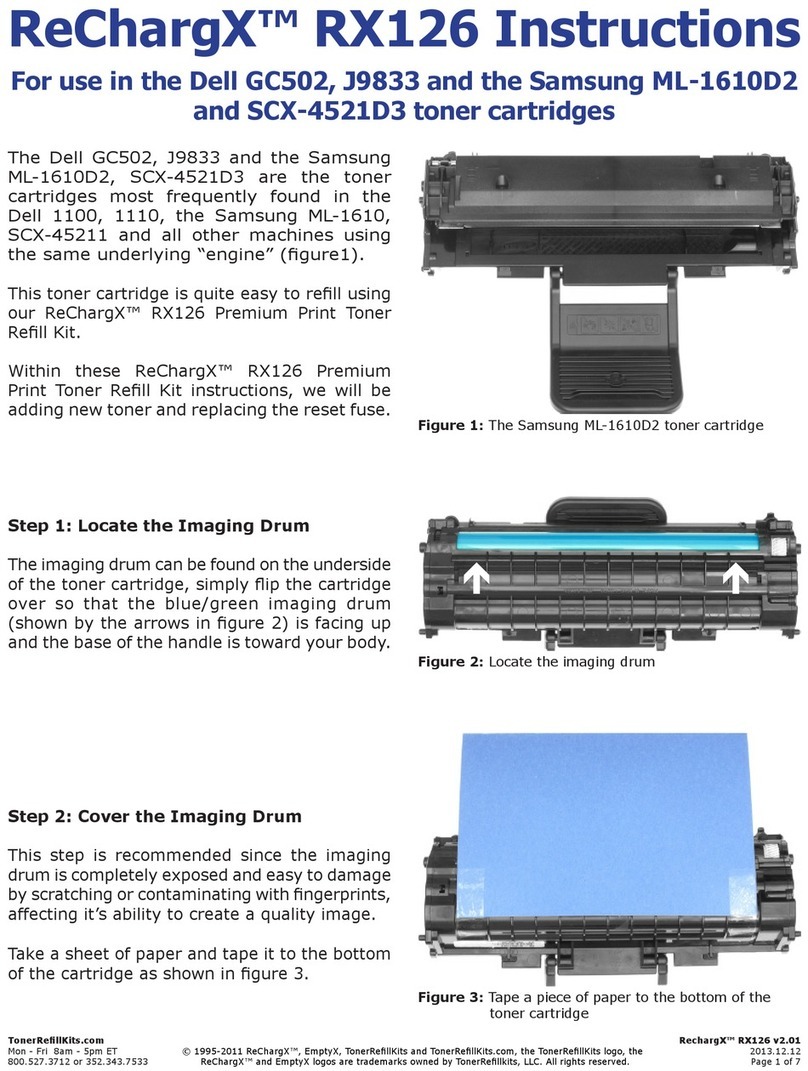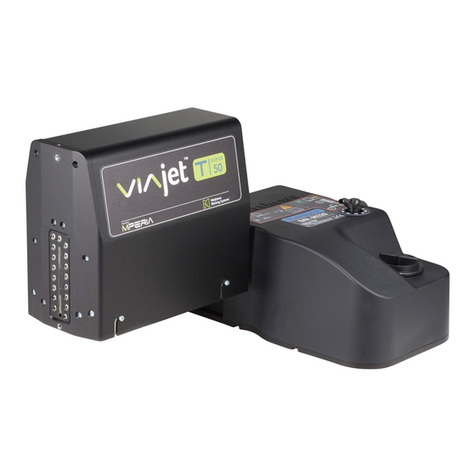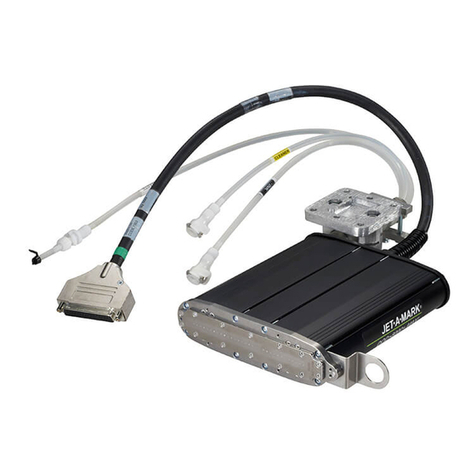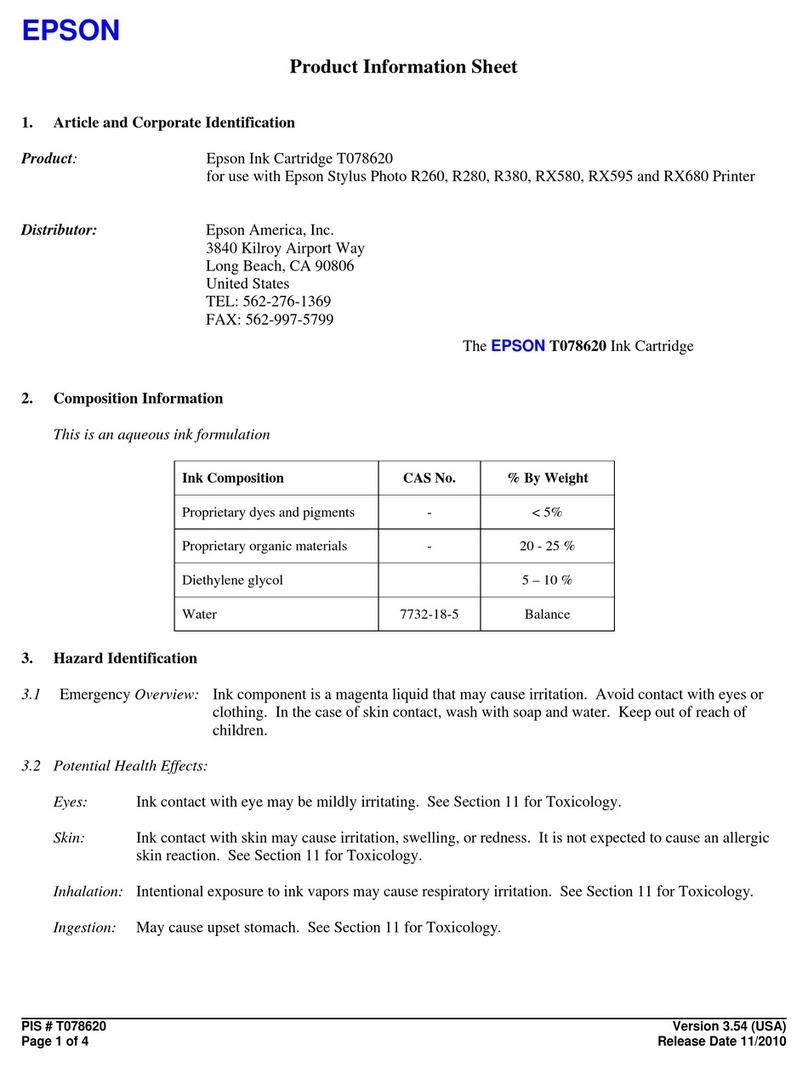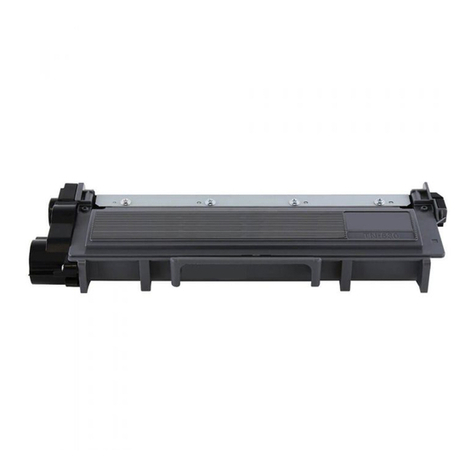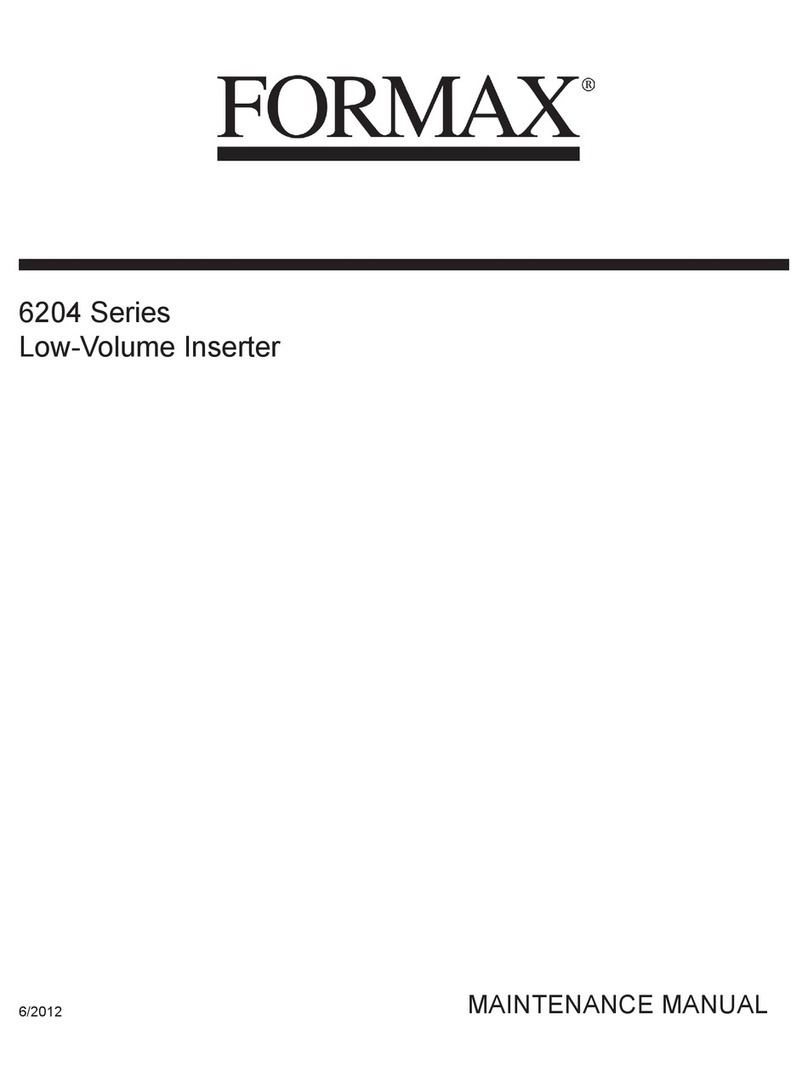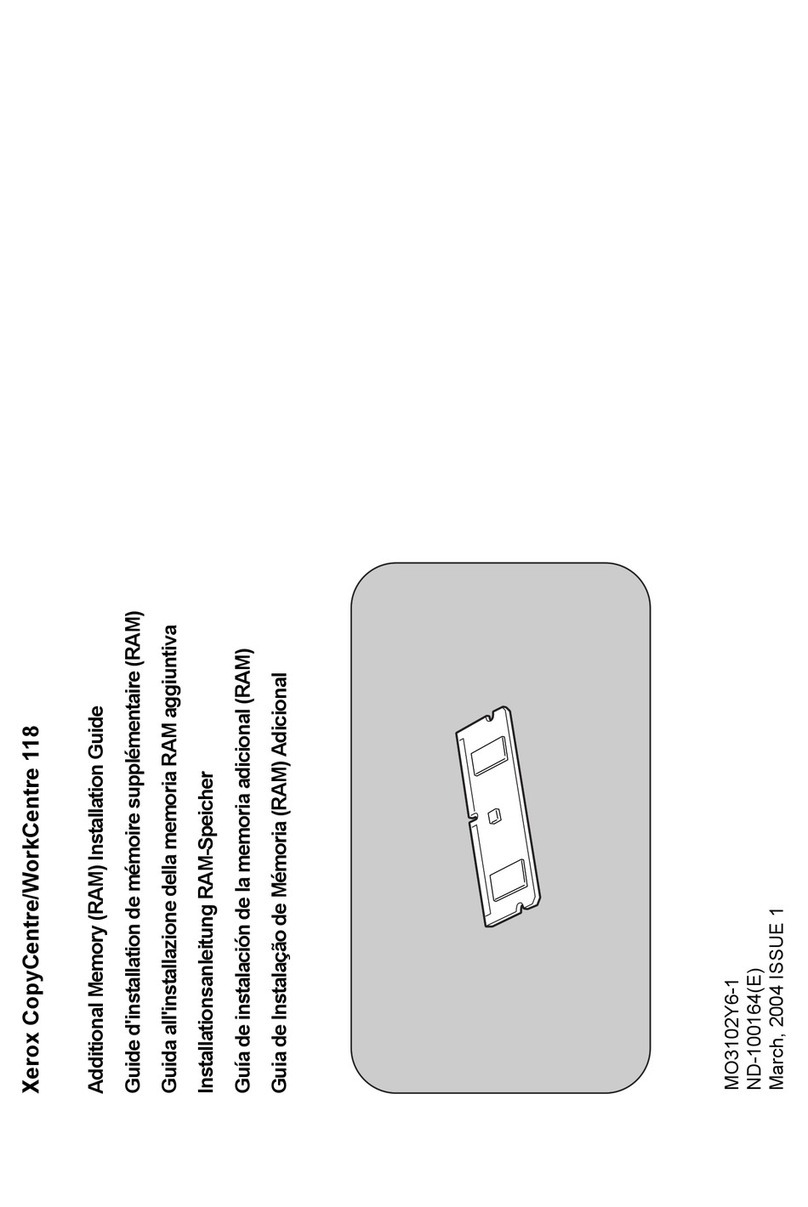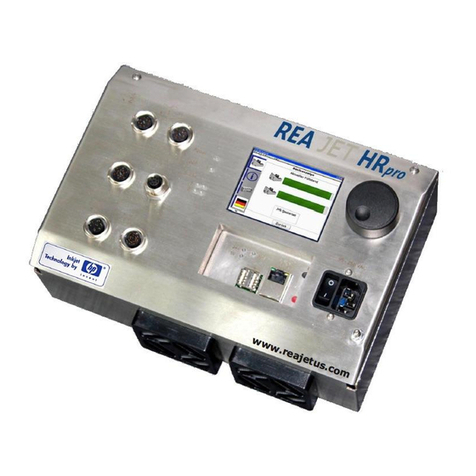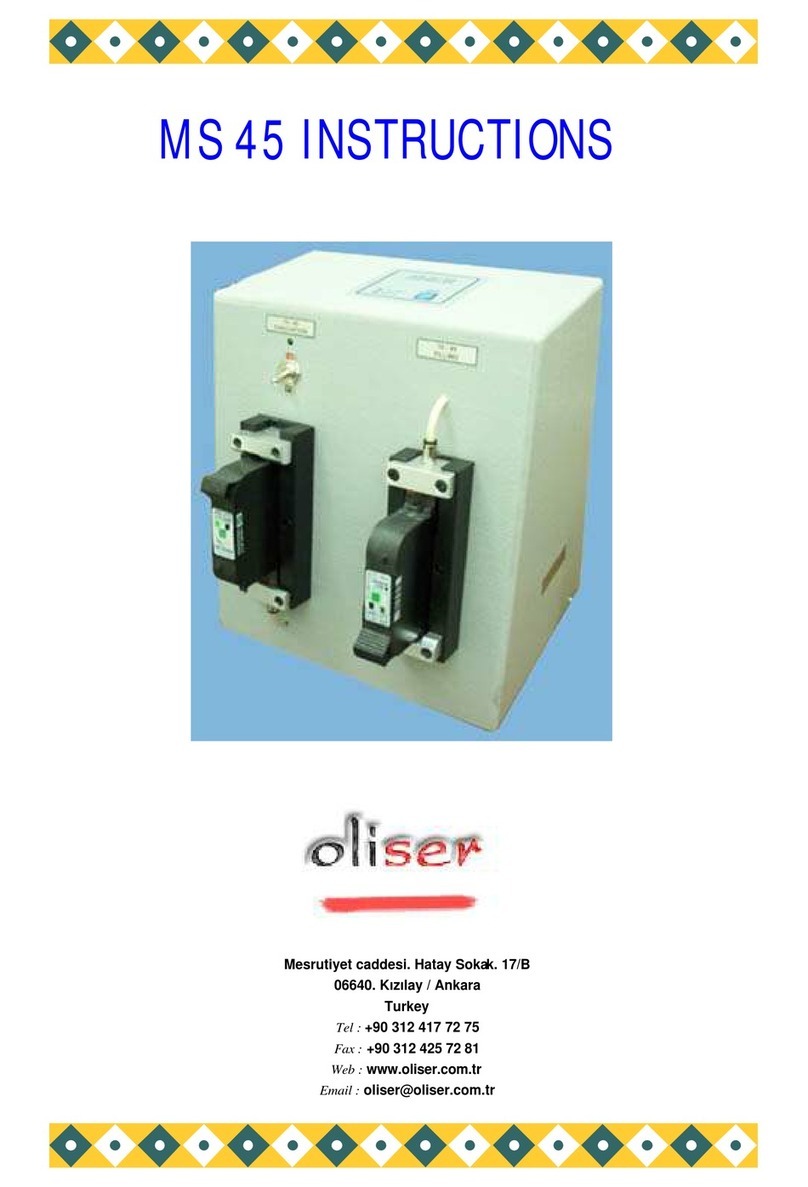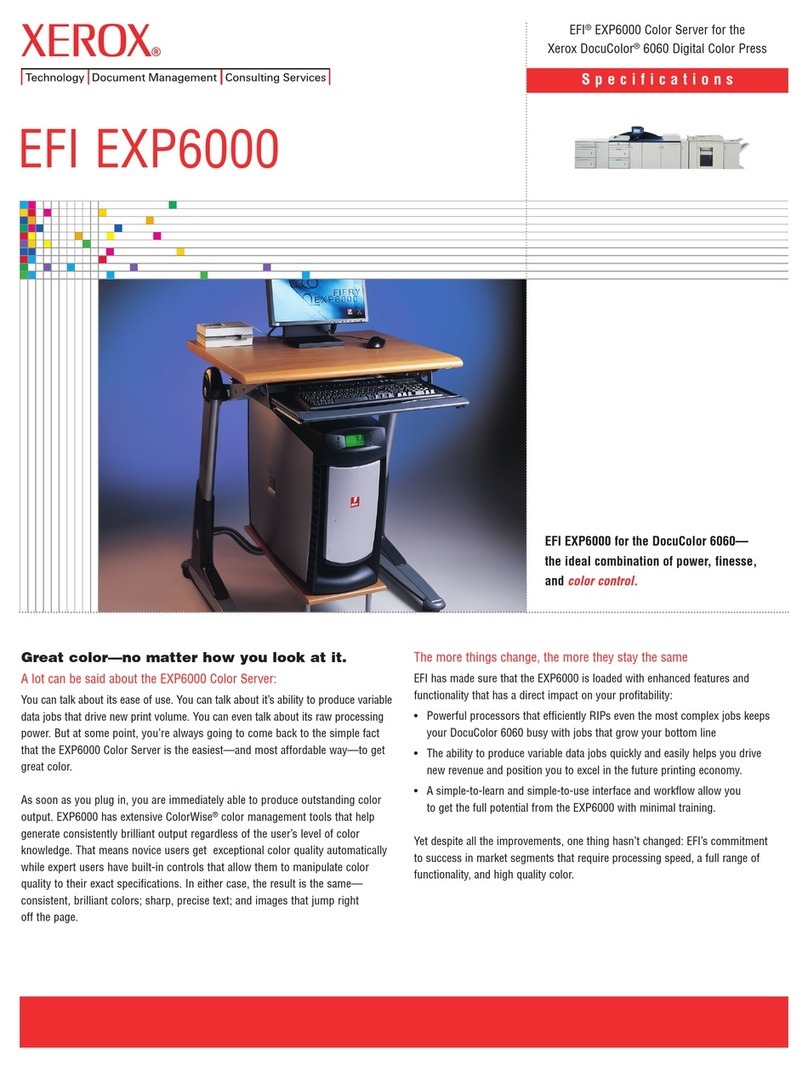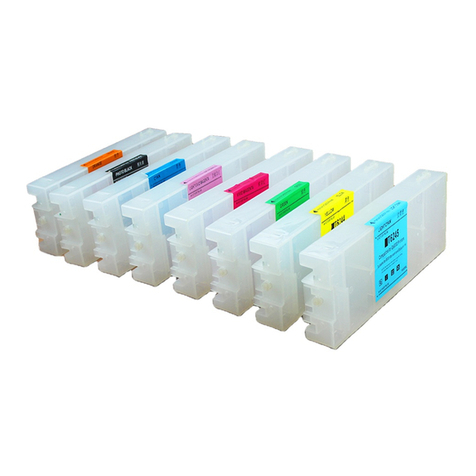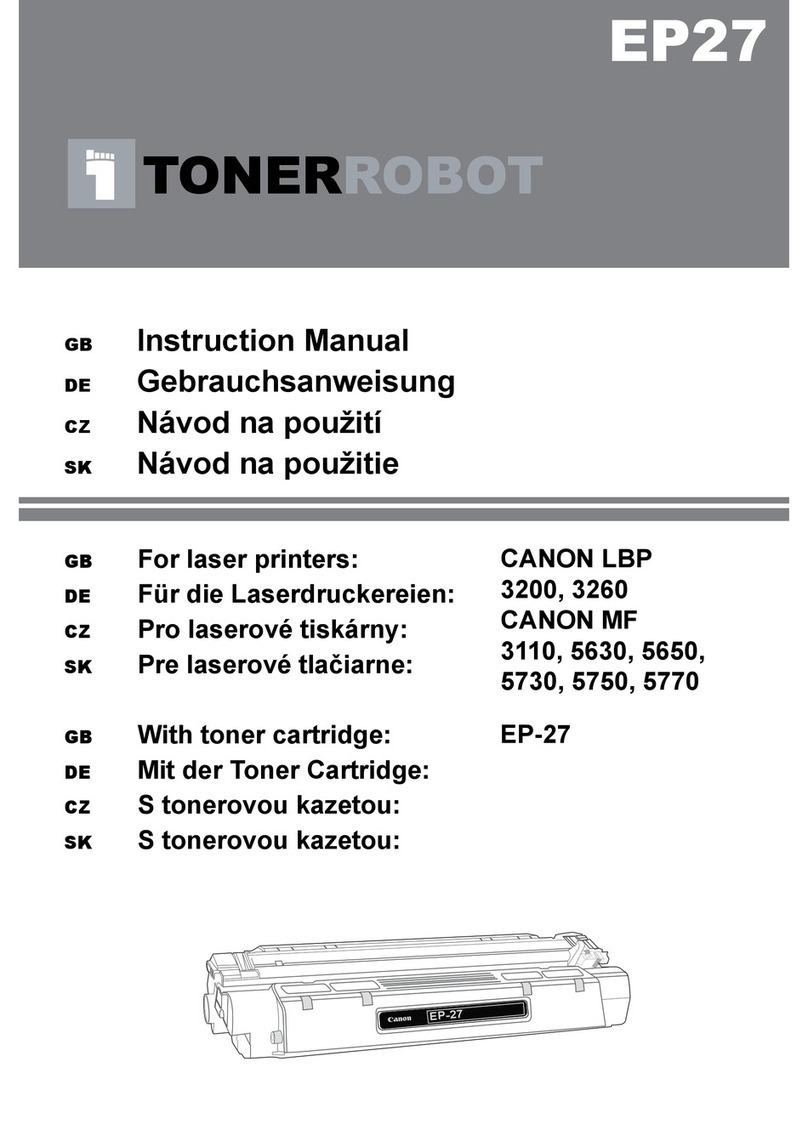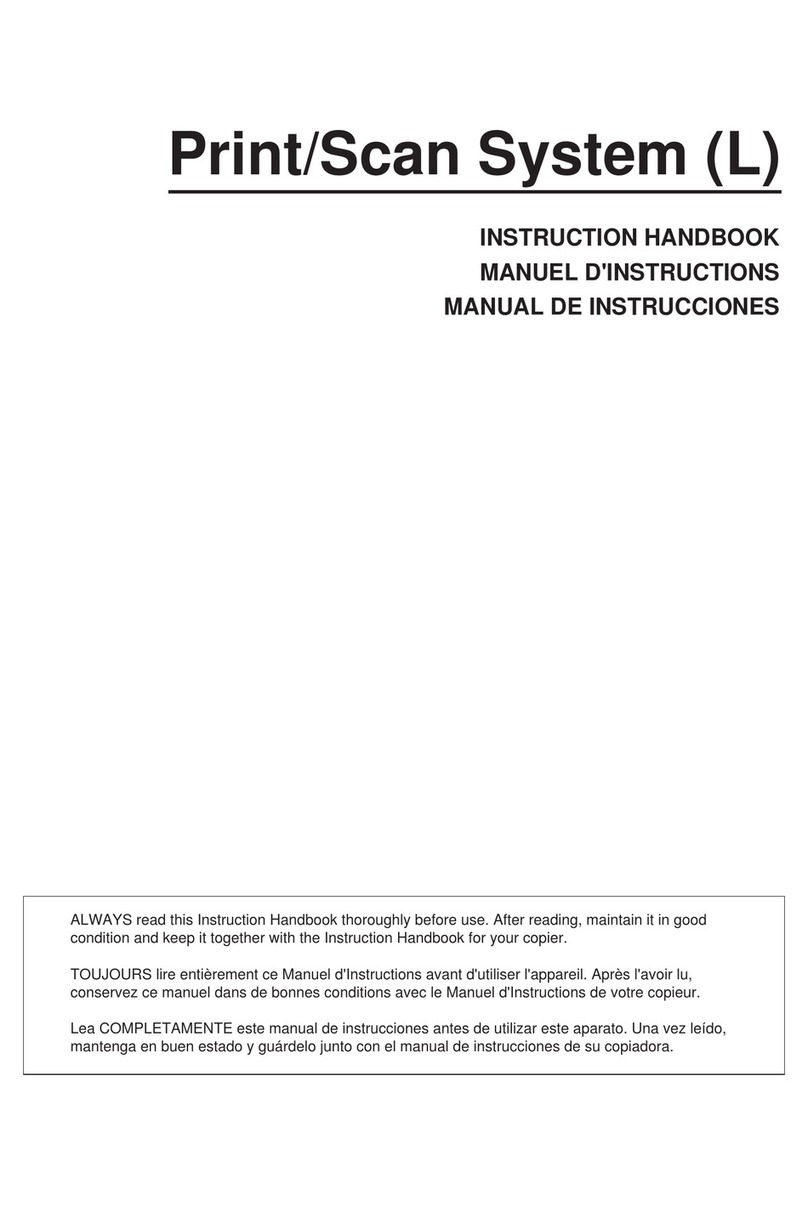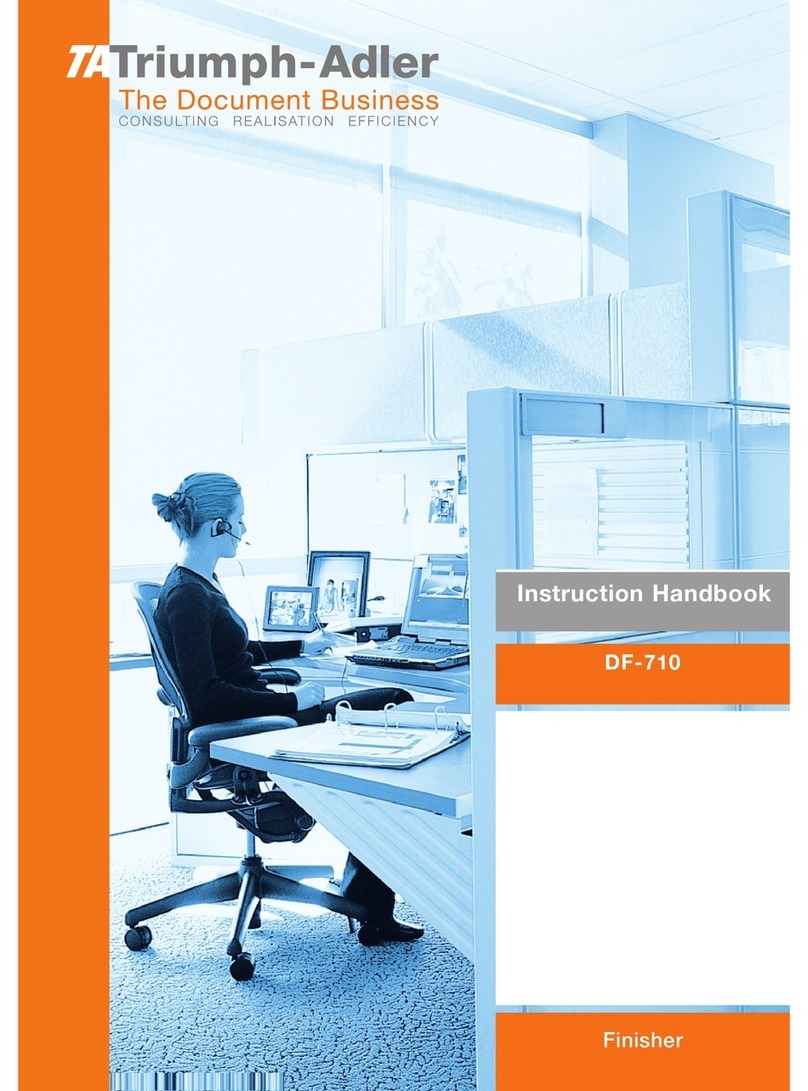
i
Table of Contents
L-Series PTM - User Guide - Version 1 Issue 2
Table of Contents
Introduction . . . . . . . . . . . . . . . . . . . 1
Conditions. . . . . . . . . . . . . . . . . . . . . . . 1
Safety Considerations . . . . . . . . . . . . . 1
Certification. . . . . . . . . . . . . . . . . . . . . . 2
About this Manual. . . . . . . . . . . . . . . . . 2
Technical Support. . . . . . . . . . . . . . . . . 2
Safety Requirements . . . . . . . . . . . . 3
Handling the Equipment . . . . . . . . . . . . 3
General Considerations . . . . . . . . . . . . 3
Overview. . . . . . . . . . . . . . . . . . . . . . 5
In the Box . . . . . . . . . . . . . . . . . . . . . . . 5
Additional Equipment . . . . . . . . . . . . . . 5
PTM Description . . . . . . . . . . . . . . . . . . 5
External Components . . . . . . . . . . . . 6
Labeling . . . . . . . . . . . . . . . . . . . . . . 8
Operating Requirements. . . . . . . . . . 8
System Overview . . . . . . . . . . . . . . . . . 9
Dimensions. . . . . . . . . . . . . . . . . . . . . . 10
Mounting Holes . . . . . . . . . . . . . . . . . 13
Installation . . . . . . . . . . . . . . . . . . . . 15
Mounting a PTM . . . . . . . . . . . . . . . . . . 15
Vertical or Horizontal Mounting. . . . . 15
Print Target Guide. . . . . . . . . . . . . . . 16
Installing a Photocell. . . . . . . . . . . . . . . 17
Installing an Encoder . . . . . . . . . . . . . . 17
Connecting to a PCM . . . . . . . . . . . . . . 17
Installing Ink-Cartridges . . . . . . . . . . . . 18
Nozzle Alignment . . . . . . . . . . . . . . . . . 19
Initial Installation . . . . . . . . . . . . . . . . 19
Nozzle Alignment Settings . . . . . . . . 20
Maintenance and Handling . . . . . . . 23
PTM Cleaning. . . . . . . . . . . . . . . . . . . . 23
Replacing an Ink-Cartridge. . . . . . . . . . 24
Storage . . . . . . . . . . . . . . . . . . . . . . . . . 24
More than Three Days . . . . . . . . . . . 24
Purging the Nozzles . . . . . . . . . . . . . . . .25
Appendix . . . . . . . . . . . . . . . . . . . . . .27
Technical Specifications . . . . . . . . . . . . .27
Documentation History . . . . . . . . . . . . . .28
Notes . . . . . . . . . . . . . . . . . . . . . . . . . . .29

